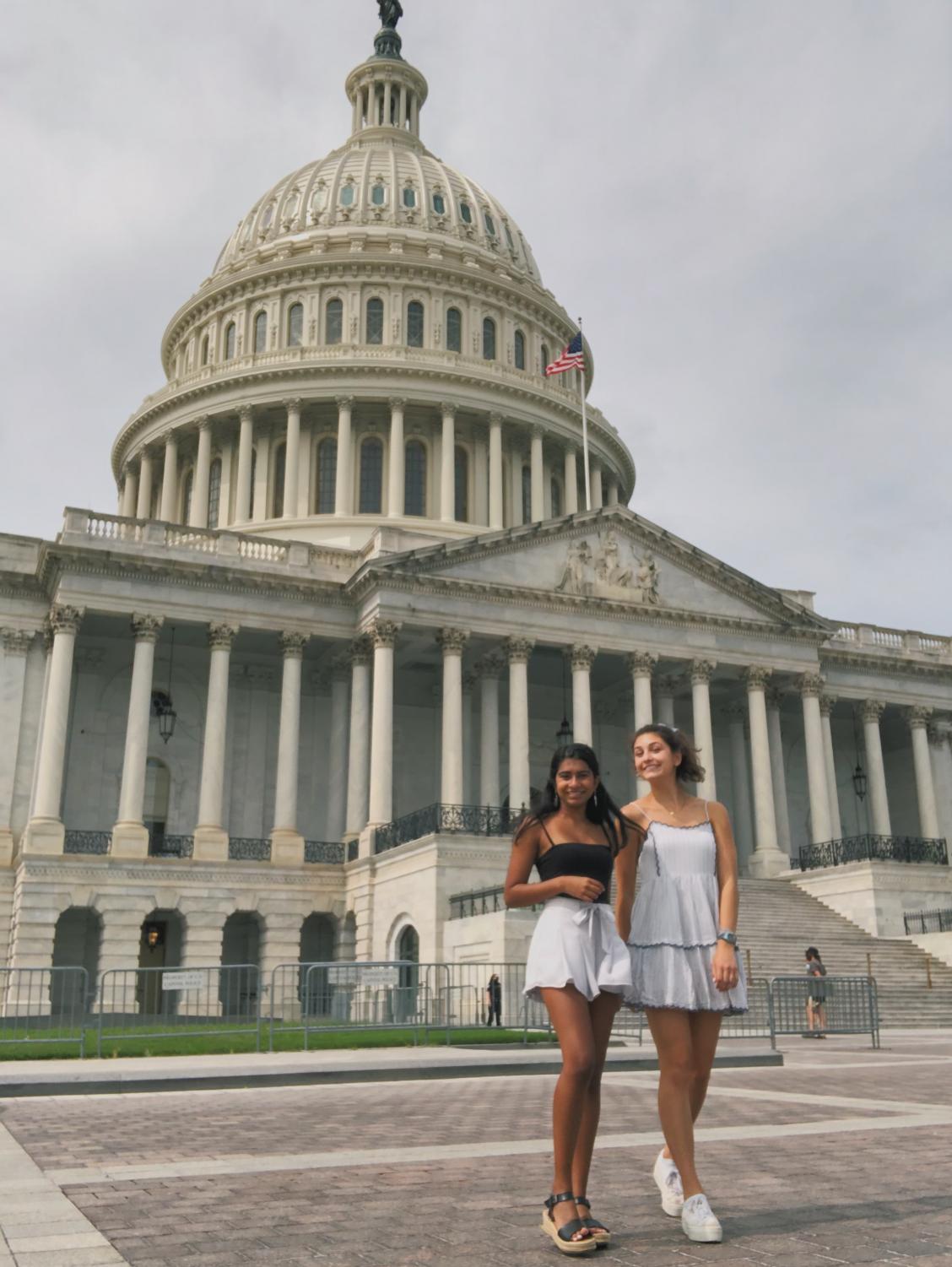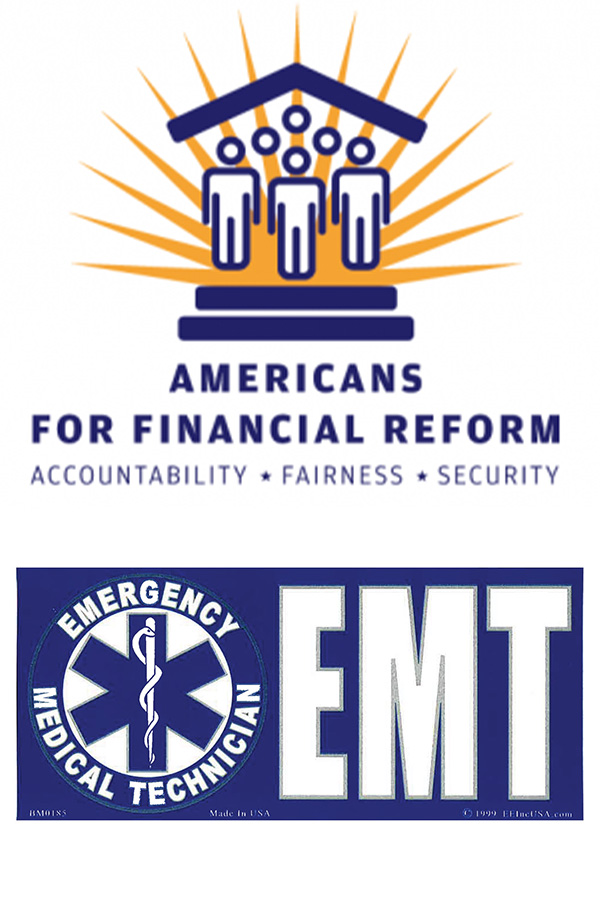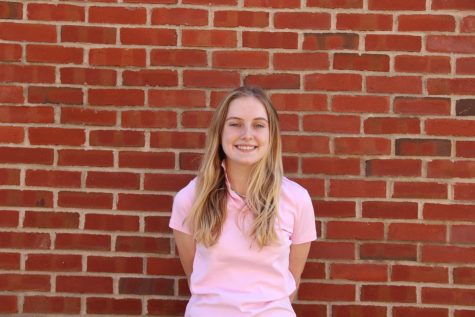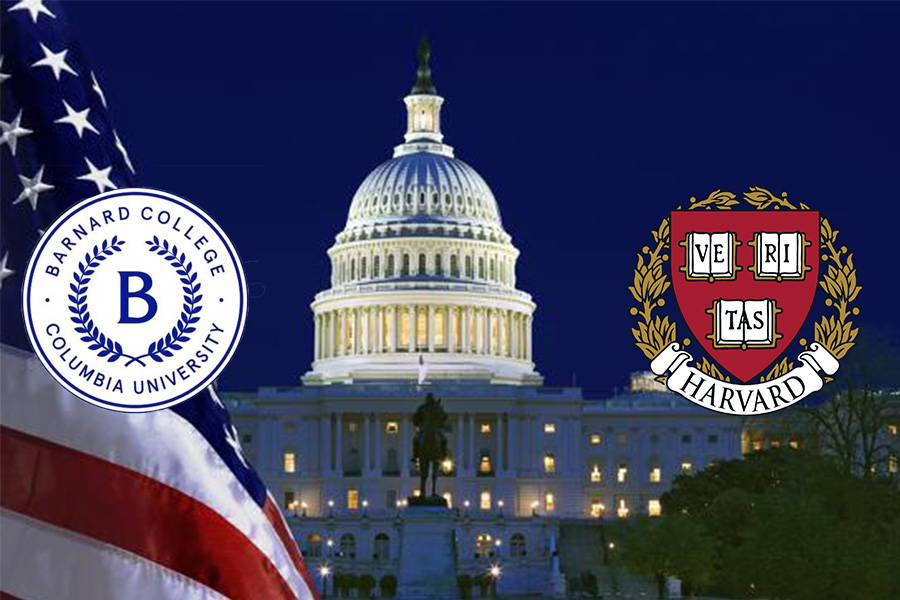Domestic gap year allows alumnae to live out Goal Five
Alumnae Ms. Anissa Arakal ’19 and Ms. Natty Pazos ’19 are roommates in Washington, D.C. during their respective gap years.
Primarily due to the coronavirus pandemic, colleges and universities experienced a 4 percent drop in enrollment for the 2020-2021 academic year, according to The Wall Street Journal. Whether it is dissatisfaction with online classes or concern for health and safety, students encountered difficult decisions and many chose to take a gap year. Two Sacred Heart Greenwich alumnae, Ms. Natty Pazos ‘19 and Ms. Anissa Arakal ‘19, are spending their time away from college together in the District of Columbia, fulfilling Goal Five of Sacred Heart’s Goals and Criteria, “personal growth in an atmosphere of wise freedom.”
COVID-19 disrupted typical expectations for a gap year by preventing travel abroad. This prohibits college students from volunteering in less-developed foreign countries, however, traveling abroad is not the only way to serve in underprivileged communities. Domestic service-based gap year programs provide opportunities for college students to serve their fellow citizens, according to The New York Times. Both Ms. Pazos and Ms. Arakal are using their gap year to serve others through working as an Emergency Medical Technician (EMT) and volunteering for an organization focused on social justice.

In an effort to protect the health of its students and faculty, Harvard University decided to go remote for the entirety of the 2020-2021 academic year. Only freshmen and select students are currently allowed on campus, according to bloomberg.com. The prospect of a fully remote year contributed to Ms. Pazos’s choice to defer her enrollment. She did not want to give up a year of the full college experience of residing on campus, engaging with other students, and interacting with teachers.
While still taking an introductory computer science class through Harvard’s free online program and learning Italian on the Duolingo language app, Ms. Pazos is working as an EMT in the District of Columbia. She is living in the city with Anissa, along with five other friends from college. In the spring, Ms. Pazos plans to take a culinary class in Madrid, Spain and spend time traveling around Europe.
“Since I’ll be working for the rest of my life, I wanted to spend this gap year traveling and doing things I wouldn’t otherwise be able to when I have a job,” Ms. Pazos said. “I honestly keep forgetting that I should be in school—this fall has felt like an extension of summer because of D.C’s warm weather and no homework. But, I’ve also been using this time to explore career paths and interests since I’m not sure what I want to pursue in the future.”
Barnard College, located in New York City, is unable to provide students with on-campus housing for the fall under state mandates and announced that classes for the semester would be online, according to barnard.edu. Ms. Arakal found that virtual learning disrupted both discussions in her liberal arts seminars and group problem-solving in her science, technology, engineering, and mathematics (STEM) classes, leading her to the decision to take a gap year.

Ms. Arakal is now a campaign intern for Americans for Financial Reform, a coalition working towards an equitable financial system for all citizens. She is further involved in politics and legislature through her position as a Volunteer Organizer with the Maine Democratic Party to support Sara Gideon’s campaign for the United States Senate.
“This is my first time not being a student since kindergarten, so the most surprising thing to me was the change in the traditional structure of school to an independent work schedule,” Ms. Arakal said. “My time off from school has been an exciting and productive way for me to apply the skills I have learned in college and at Sacred Heart to a work environment. Additionally, it has been a great opportunity to attain tangible experience in disciplines I’m interested in pursuing as a major and future career. As young adults, this is a very flexible and transformative period in our lives to pursue new curiosities or further cultivate passions outside of a traditional academic setting.”
A gap year allows growth as participants develop self-sufficiency and thrive in non-academic learning environments, according to The New York Times. Through community service, professional exploration, or paying jobs, students engage in experiential learning and extend their capabilities, which allows introspection, according to gapyearassociation.org.
“The most difficult part was coming to terms with taking a gap year and planning what I wanted to do it with—it’s so scary to be faced with a blank slate for an entire year when your whole life has been pretty structured and planned out. I’m really lucky that my parents have been really supportive of me and helped me figure everything out,” Ms. Pazos said. “I would absolutely recommend a gap year. While I don’t think I would have taken one if COVID-19 had never happened, I’m really glad I did. It’s given me the opportunity to slow down, really think about what I want out of life and a career, given me a little taste of what it’s like to live in the real world, and the chance to spend so much time with Anissa before we go back to our respective colleges.”
Featured Image by Claire Moore ’22

After two rewarding years on staff, Claire is incredibly honored to serve as one of the King Street Chronicle’s Editors-in-Chief for the 2021-2022 academic...


